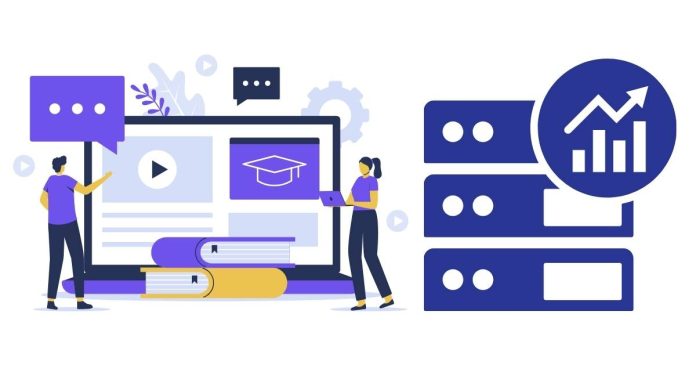Database Management Systems (DBMS) are at the heart of modern technology, powering applications from banking to social media. Learning about DBMS can seem overwhelming at first, but with the right approach, you can master it. Here’s how to get started:
1. Understand the Basics
Start by learning what a DBMS is and why it’s important. In simple terms, a DBMS is software that helps you store, manage, and retrieve data efficiently. Common examples include MySQL, PostgreSQL, Oracle, and MongoDB.
2. Learn Database Concepts
Familiarize yourself with key concepts like tables, rows, columns, primary keys, and foreign keys. Understand the difference between relational databases (SQL) and non-relational databases (NoSQL).
3. Study SQL (Structured Query Language)
SQL is the backbone of relational databases. Start with basic commands like SELECT, INSERT, UPDATE, and DELETE. Move on to more advanced topics like joins, subqueries, and indexes. Practice writing queries on platforms like SQLZoo or W3Schools.
4. Explore NoSQL Databases
For unstructured data, NoSQL databases like MongoDB and Cassandra are popular. Learn how they differ from SQL databases and when to use them.
5. Use Real-World Examples
Apply your learning by creating a sample database. For instance, you could build a database to manage a library, an e-commerce store, or a personal project. Hands-on practice solidifies your understanding.
6. Take Online Courses and Tutorials
Platforms like Coursera, Udemy, and Khan Academy offer beginner-friendly courses on DBMS. YouTube is another great resource for free tutorials.
7. Understand Database Design
Learn about normalization, denormalization, and best practices for structuring databases. A well-designed database prevents errors and improves performance.
8. Practice Regularly
Consistency is key. Dedicate time daily or weekly to practice your skills and deepen your understanding.
9. Join Communities and Forums
Participate in online communities like Stack Overflow, Reddit, or LinkedIn groups to connect with other learners and professionals. Ask questions and share your knowledge.
10. Experiment with DBMS Tools
Explore popular DBMS tools like MySQL Workbench, pgAdmin, and MongoDB Compass. These tools provide a visual interface to interact with databases, making learning easier.
Learning DBMS requires patience, practice, and persistence. Start small, build your knowledge step by step, and practice regularly. With time, you’ll not only understand databases but also have the confidence to manage them effectively.



